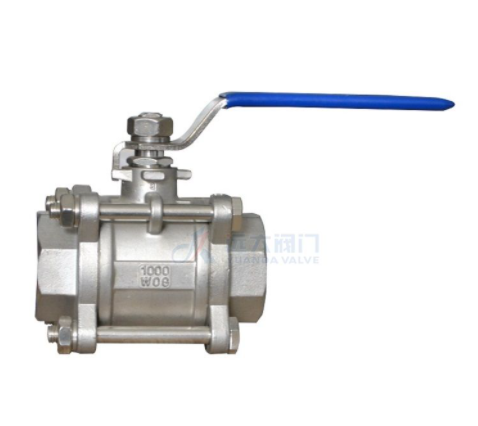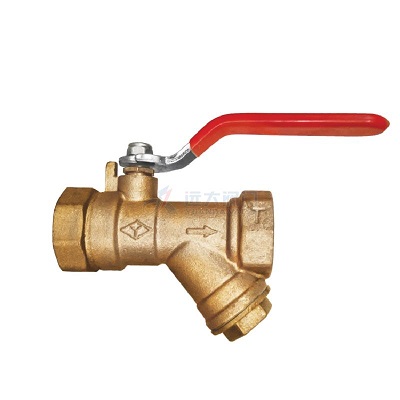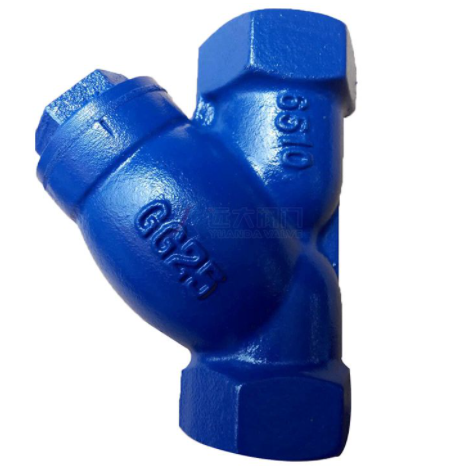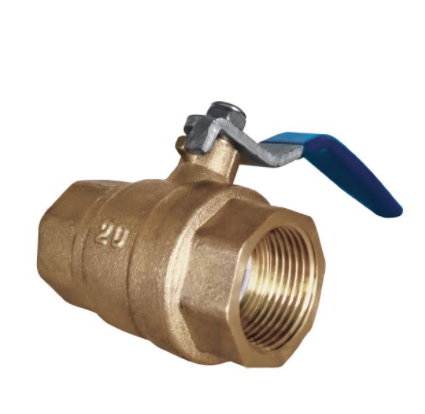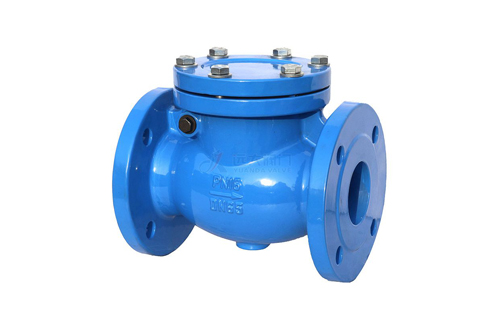The X-shaped seal ring is now widely used in the sealing of ball valves of all pressure levels. X-shaped seal ring has a sealing surface all around, and there are lubrication grooves outside the sealing ring. This structure is superior to the O-ring. Its advantages are low installation accuracy, good reliability, no maintenance, low price, and the ability to adjust the compression amount through the gasket. It can effectively prevent the occurrence of leakage. Greatly prolong the service life of the ball valve and improve the reliability of the valve.
1. X-shaped sealing ring material
X-shaped seal material using polyurethane (CPU) material can effectively solve the problems that exist in the traditional O-shaped seal ring. Cast polyurethane is a kind of sealing material that is adopted internationally now. Its elastic modulus is large, its physical and mechanical properties are good, and it can bear a large impact load, and the polyurethane has basically solved the problem of hydrolysis resistance, and the temperature resistance level is being improved, which greatly expands the application field of polyurethane. The production of an X-shaped seal with cast polyurethane is a simple process with a low manufacturing cost. Its pressure resistance level can reach 60MPa or even higher, and the pressure retention effect is also quite good, basically reaching zero leakage.
2. Abrasive design
Ensure that the product use requirements, in line with the design requirements;
Easy to release and clear the mold, easy to operate;
Low manufacturing cost;
The grinding tool material is 45 steel;
The shrinkage rate is designed according to 1.5%~1.7%;
10° slope positioning without flying edge, product accuracy is guaranteed, high yield rate;
The grinding tool is composed of the upper die, inner die, and outer die.
3. Ball valve sealing principle
The grinding tool is composed of the upper die, inner die, and outer die.
5. Packing cavity size
The packing cavity decides the number of material transfers according to the pressure and bore size of the ball valve, and the width is decided by the size of the shaft. Pressure 0.6 ~ 2.5MPa, DN250mm below prevent an X-shaped seal; 2.5 ~ 10MPa, DN300 above the placement of two X seals. The packing cavity size depth is determined by the height of the transfer pad, pressure transfer ring, and X-shaped seal ring.
4. Pressure transfer ring
The pressure transfer ring is set at high pressure and large diameter, it is installed between two groups of X-shaped seal, its main role is to transfer the pressure above, change the X-shaped seal state so that the X-shaped seal is stressed and radial deformation, to achieve sealing performance.
6. X-shaped seal ring force analysis
X-shaped seal ring force is transmitted to the X-shaped seal ring through the pressure ring (packing gland) pressure, the bottom of the seal ring has a support ring (packing gasket) three points of force way, the shaft and valve hole sealing surface force uniform, you can get a more ideal sealing effect.
7. Finite element analysis of X-shaped seal
The X-shaped seal ring is a lip-shaped seal ring, is used in combination with a pressure ring (packing gland) and support ring (packing gasket), it can effectively stop the media leakage.
We are a ball valve supplier, please feel free to contact us if you need them.
